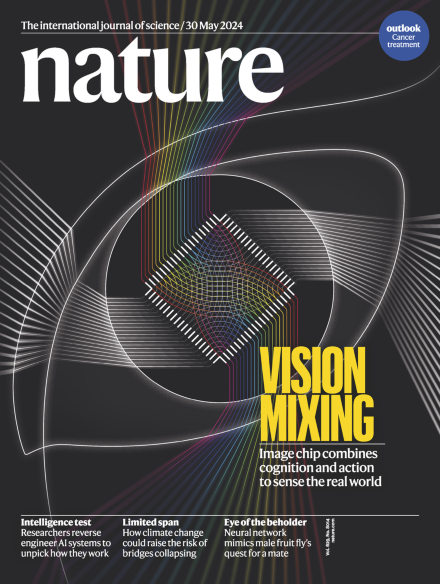Abstract
Image sensors face substantial challenges when dealing with dynamic, diverse and unpredictable scenes in open-world applications. However, the development of image sensors towards high speed, high resolution, large dynamic range and high precision is limited by power and bandwidth. Here we present a complementary sensing paradigm inspired by the human visual system that involves parsing visual information into primitive-based representations and assembling these primitives to form two complementary vision pathways: a cognition-oriented pathway for accurate cognition and an action-oriented pathway for rapid response. To realize this paradigm, a vision chip called Tianmouc is developed, incorporating a hybrid pixel array and a parallel-and-heterogeneous readout architecture. Leveraging the characteristics of the complementary vision pathway, Tianmouc achieves high-speed sensing of up to 10,000 fps, a dynamic range of 130 dB and an advanced figure of merit in terms of spatial resolution, speed and dynamic range. Furthermore, it adaptively reduces bandwidth by 90%. We demonstrate the integration of a Tianmouc chip into an autonomous driving system, showcasing its abilities to enable accurate, fast and robust perception, even in challenging corner cases on open roads. The primitive-based complementary sensing paradigm helps in overcoming fundamental limitations in developing vision systems for diverse open-world applications.

|
Paper Link: https://www.nature.com/articles/s41586-024-07358-4
|
